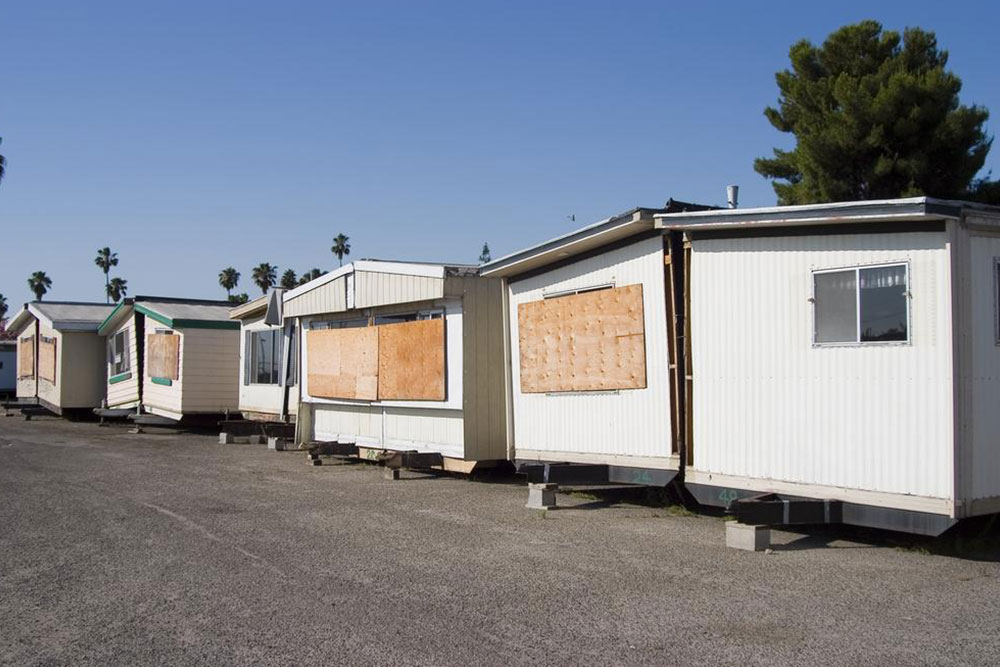Comprehensive Guide to Renting a U-Haul Truck for Your Move
Plan your move with confidence by understanding key aspects of U-Haul truck rentals. From reservation policies to fuel efficiency, passenger capacity, vehicle condition, and pricing details, this comprehensive guide covers everything you need to ensure a smooth and cost-effective relocation. Prepare effectively and enjoy a stress-free moving experience with these essential tips.

Comprehensive Guide to Renting a U-Haul Truck for Your Move
Planning to relocate, whether across town or across the country? Renting a U-Haul truck is often a practical, cost-effective solution for DIY movers. With its widespread availability, flexible rental options, and extensive fleet, U-Haul has become a go-to choice for many individuals and families looking to manage their own move. However, to ensure a hassle-free experience, it’s essential to understand the key aspects of renting a U-Haul truck, from reservation policies to vehicle conditions and cost considerations.
Reservation Policies and How to Guarantee Your Booking
Although U-Haul encourages customers to make reservations well in advance, it’s important to note that a reservation does not guarantee availability until the day of pick-up. Once you arrive at the designated location on your scheduled date, a U-Haul representative will verify your reservation details. Upon confirmation, your rental is considered secured. It’s advisable to confirm your reservation a day or two prior to your move, especially during peak moving seasons or holidays, to avoid last-minute surprises. Additionally, check for any changes or updates from U-Haul regarding pickup procedures or requirements to ensure a seamless process on moving day.
Understanding Fuel Efficiency for Cost Planning
U-Haul trucks are designed primarily for utility rather than fuel economy. Smaller models, such as the 10-foot truck, typically average around 10 miles per gallon (mpg), whereas larger trucks like the 26-foot model usually get closer to 8 mpg. This difference can significantly impact your total moving costs, especially during long-distance relocations. Planning your route with fuel stops and considering the price of gasoline at different locations can help you budget more accurately. Remember, stopping frequently for fuel also adds time to your schedule.
Passenger Capacity and Safety Considerations
U-Haul trucks are primarily built to carry cargo rather than passengers, with maximum passenger capacity generally limited to three individuals. For smaller trucks, such as the 10-foot or 15-foot models, only two passengers can comfortably fit inside, and for larger trucks, three may be accommodated but only under safe conditions. It’s crucial not to overload the vehicle, as excessive passengers or cargo can compromise safety and vehicle performance. If you’re moving with family or friends, plan accordingly, and consider renting an additional vehicle if necessary.
Assessing Vehicle Condition and Understanding Usage History
Given that U-Haul trucks are used frequently for long-distance moves, many vehicles have high mileage. When renting, always check the vehicle’s condition—inspect the tires, brakes, lights, and fluid levels before departure. Many renters find it helpful to review online forums and customer ratings to gauge the reliability of specific locations or truck sizes. A well-maintained truck minimizes the risk of breakdowns during your move, ultimately saving you time and money.
It’s also worth noting that U-Haul trucks are regularly serviced, but individual vehicle histories can vary. If possible, request a recent maintenance report or vehicle inspection documentation at the rental depot to confirm the truck is in good working order.
Pricing, Mileage Restrictions, and Extra Fees
U-Haul rental quotes are typically based on a fixed daily rate, which often excludes unlimited mileage. Many rentals come with mileage restrictions, commonly ranging between 50 to 300 miles per day, depending on the truck size and rental agreement. Additional charges apply for exceeding the predetermined mileage or extending the rental period beyond the original plan. For long-distance relocations, it’s essential to understand how these fees will impact your costs—review the rental agreement carefully before signing.
Some customers opt for extra coverage or insurance options, which can also increase costs, but provide peace of mind against damages or accidents. To avoid surprises, always clarify the total estimated expense, including all potential fees, before finalizing your reservation.
For better insight, consider reading reviews from other U-Haul users on social media platforms, which can reveal tips and common pitfalls that might affect your own moving experience.
In conclusion, renting a U-Haul truck can be an efficient, budget-friendly way to manage your move, provided you’re well-informed about the reservation process, vehicle conditions, costs, and safety considerations. Preparation is key—by understanding these essential tips, you can help ensure your moving day proceeds smoothly and without unwanted surprises.





